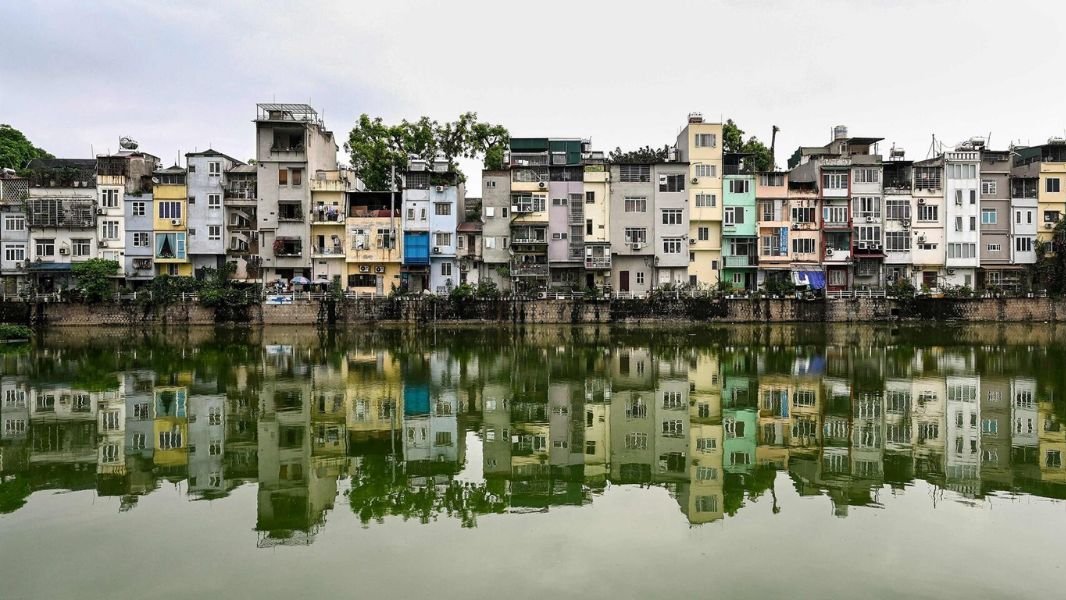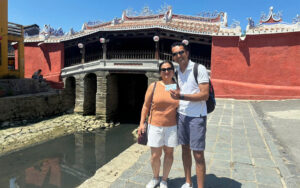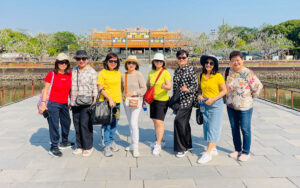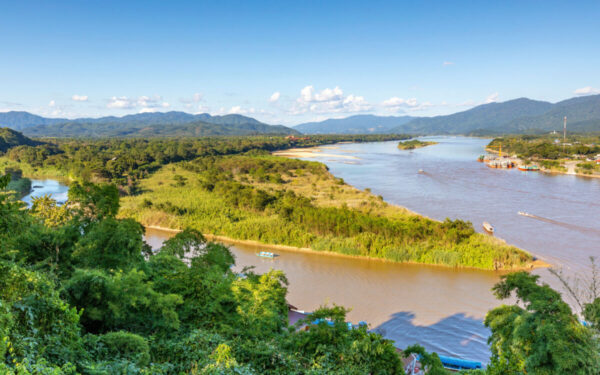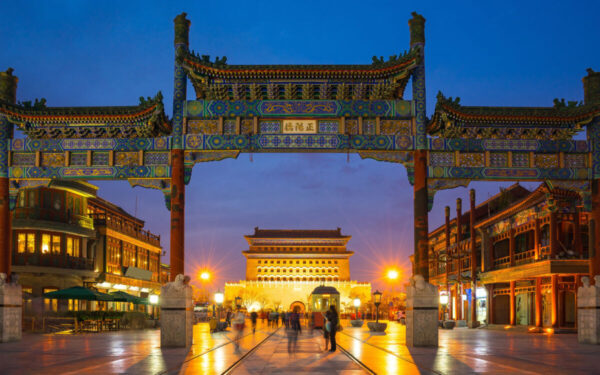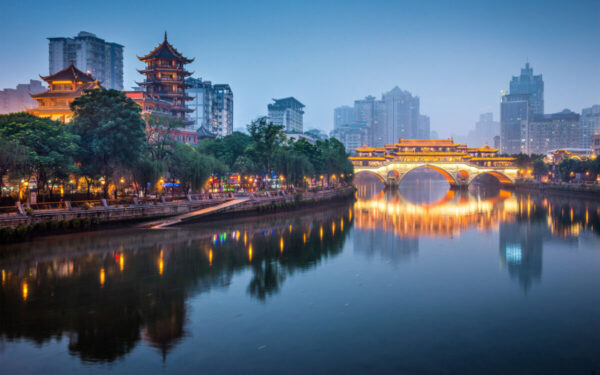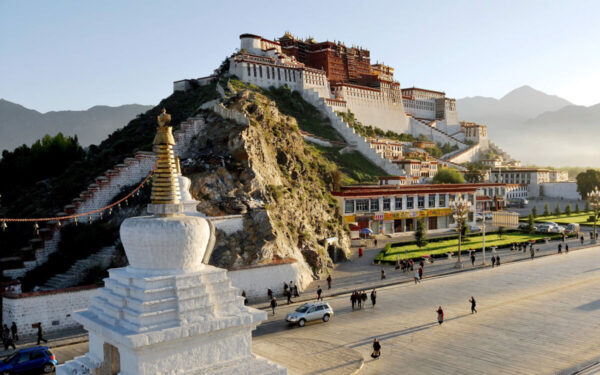Vietnamese houses are not merely structures; they are embodiments of cultural heritage, reflecting the nation’s history, climate, and traditions. In this exploration, we delve into the captivating world of house in Vietnamese regions, uncovering their typical elements, regional variations, and some iconic designs that have become synonymous with Vietnam’s architectural landscape.
Typical Elements of Vietnamese Houses
Vietnam has a rich heritage of diverse structures. However, house in Vietnamese regions has some common elements, as listed below.

Architecture as Harmony
Vietnamese houses are designed with a profound understanding of harmony and balance. Traditional structures often follow the principles of feng shui, integrating natural elements and cultural symbolism.

The layout is meticulously planned to create a balanced flow of energy, blending the indoor and outdoor spaces seamlessly. This harmony is achieved through the use of traditional materials such as wood, bamboo, and clay, which are not only aesthetically pleasing but also environmentally sustainable.
Courtyards and Gardens
A common feature in house in Vietnamese regions is the presence of courtyards and gardens. These open spaces serve multiple purposes, providing ventilation, natural light, and a connection to nature. Courtyards also act as communal areas, fostering social interactions within the household.
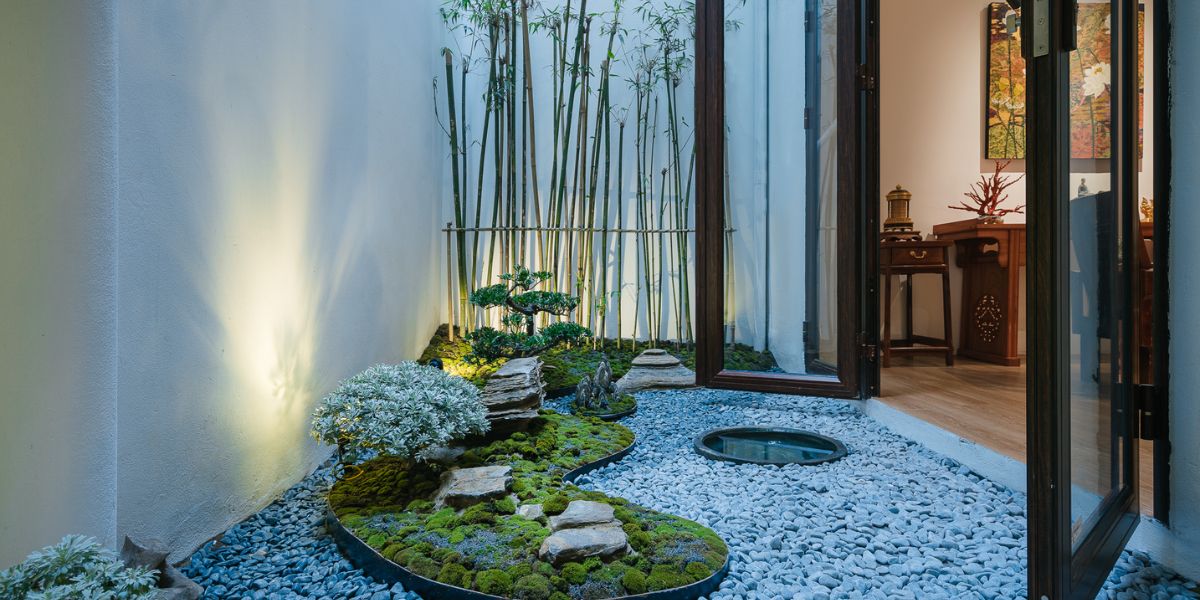
In addition to their functional benefits, courtyards and gardens also play a significant role in house in Vietnamese regions, serving as spaces for family gatherings, celebrations, and traditional rituals.
The design of these areas often incorporates elements such as water features, bonsai trees, and colorful flowers to enhance the overall ambiance and create a serene atmosphere.
Flexible Layouts
House in Vietnamese areas often features flexible layouts that can adapt to changing needs. Walls and partitions are designed to be movable, allowing residents to configure spaces based on daily activities or special occasions. This adaptability is a testament to the practicality and resourcefulness ingrained in Vietnamese architectural traditions.
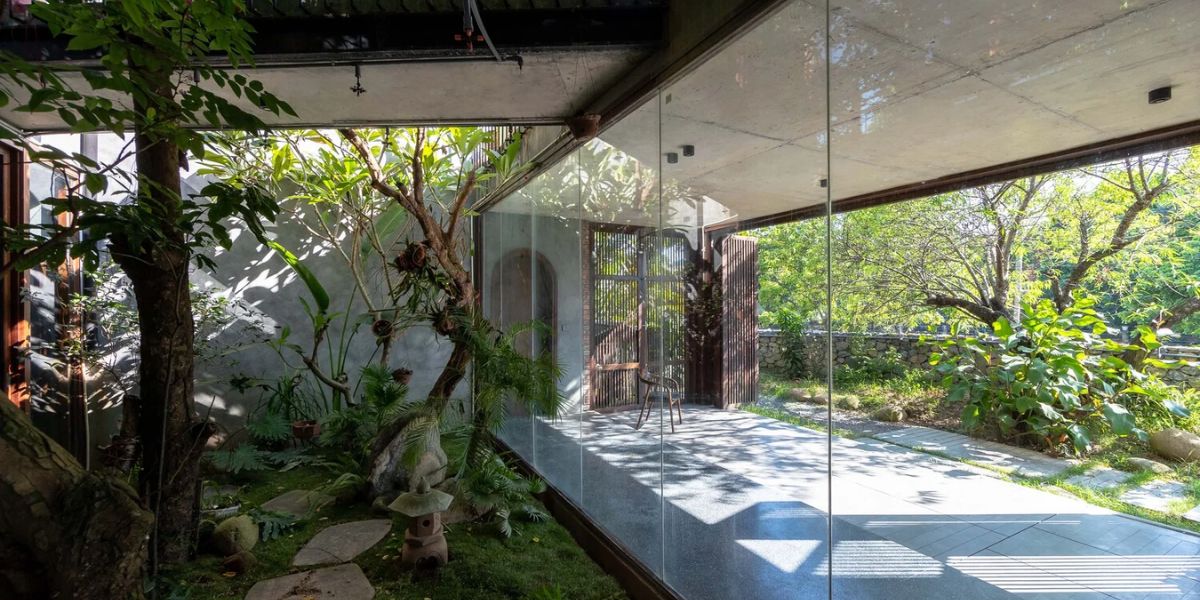
Additionally, house in Vietnamese regions often prioritizes natural ventilation and ample natural light, with large windows and open spaces. This not only helps to reduce the need for artificial lighting and cooling systems but also promotes a connection to the surrounding environment. These architectural features contribute to the overall sustainability and harmony with nature that is characteristic of Vietnamese design.
Regional Variations in House Styles
Let’s embark on an exciting journey with Asia Legend Travel and explore the different versions of house in Vietnamese regions.
Northern Vietnam: Traditional Stilt Houses
In the northern regions of Vietnam, particularly among ethnic minority communities, traditional stilt houses are prevalent. Raised on wooden stilts, these houses provide protection against flooding and allow for ventilation. The steep roofs are designed to withstand heavy snowfall in winter, and the elevated structure allows for storage and agricultural activities underneath.
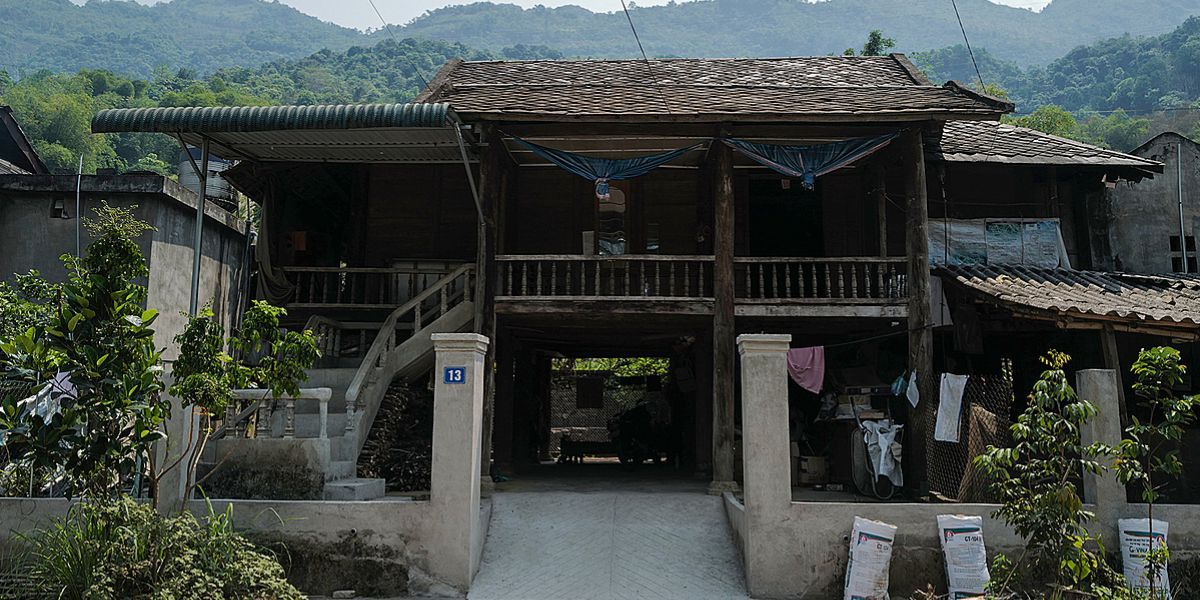
In addition to their practicality, stilt houses in Vietnam also showcase intricate wood carvings and vibrant colors, reflecting the rich cultural heritage of the region. This blend of functionality and artistic expression further enhances the overall aesthetic appeal of these traditional houses.
Central Vietnam: Hue Imperial City Architecture
Central Vietnam, with its rich history and cultural significance, boasts a distinctive architectural style seen prominently in the ancient city of Hue. The imperial city showcases intricate details, vibrant colors, and unique roof designs. The meticulous layout and ornate decorations reflect the grandeur of Vietnam’s imperial past.
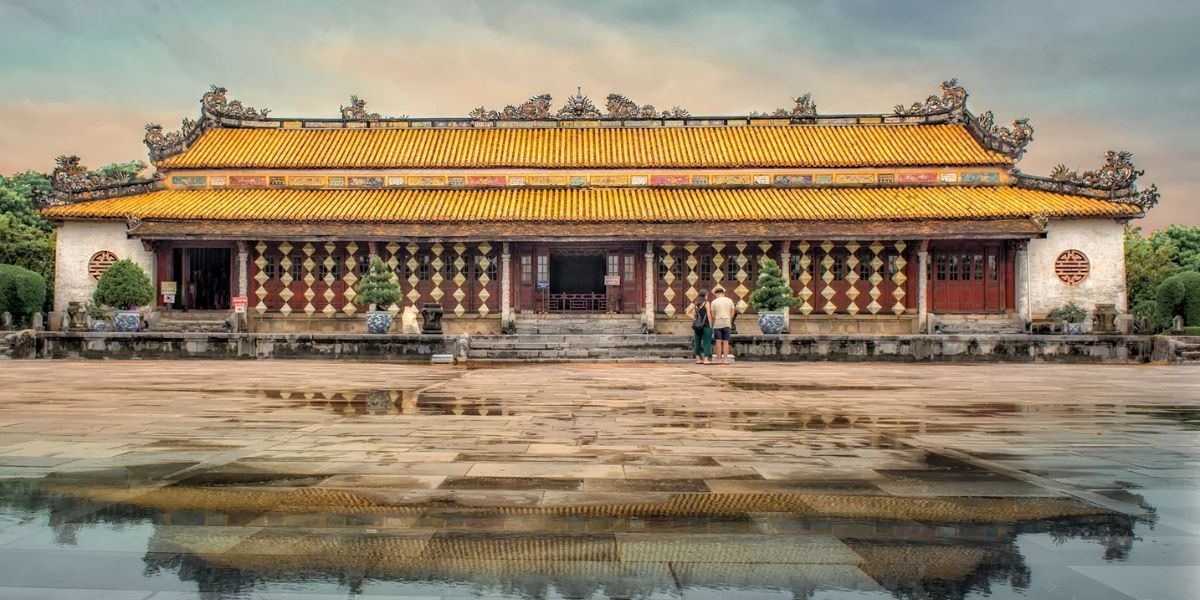
The Hue Imperial City architecture is characterized by its harmonious blend of Chinese and Vietnamese architectural elements, creating a truly unique and captivating atmosphere. The use of precious materials such as gold and porcelain further adds to the opulence of the structures, making it a must-visit destination for history enthusiasts and architecture lovers alike.
Southern Vietnam: Riverside Houses
In the Mekong Delta and other southern regions, houses are often built along riverbanks and canals. These structures take advantage of waterways for transportation and livelihood. The houses are raised on stilts to mitigate flooding, and their design emphasizes open spaces to capture cooling breezes in the tropical climate.
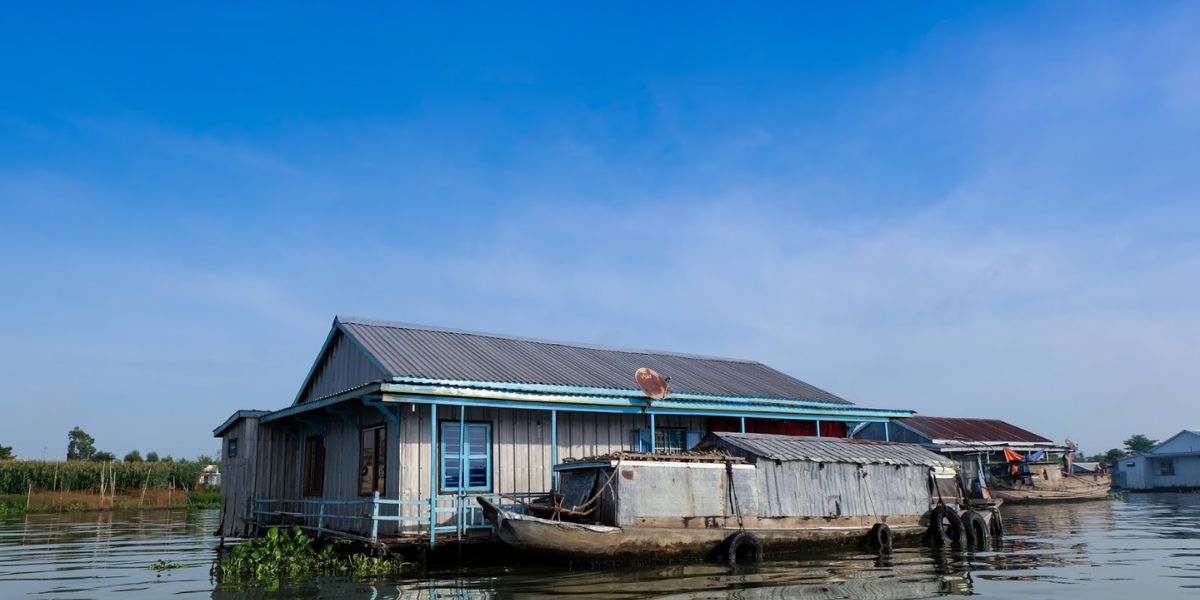
The riverside houses in southern Vietnam showcase a unique blend of practicality and aesthetics. The elevated design not only protects against flooding but also offers stunning views of the surrounding landscapes. The open spaces and strategic placement of windows allow for natural ventilation, creating a comfortable living environment even in the hottest months.
Some Famous House Designs in Vietnam
If you are interested in Vietnam’s house architecture, take a moment to discover some incredible and iconic house designs that are widely known in Vietnam.
Rong House: A Cultural Icon
One of the most iconic house designs in Vietnam is the Rong house of the ethnic communities in the Central Highlands. Resembling a communal longhouse, the Rong house is characterized by its towering structure, thatched roof, and ornate carvings. It serves as a central meeting place for the community, hosting ceremonies, festivals, and communal activities.
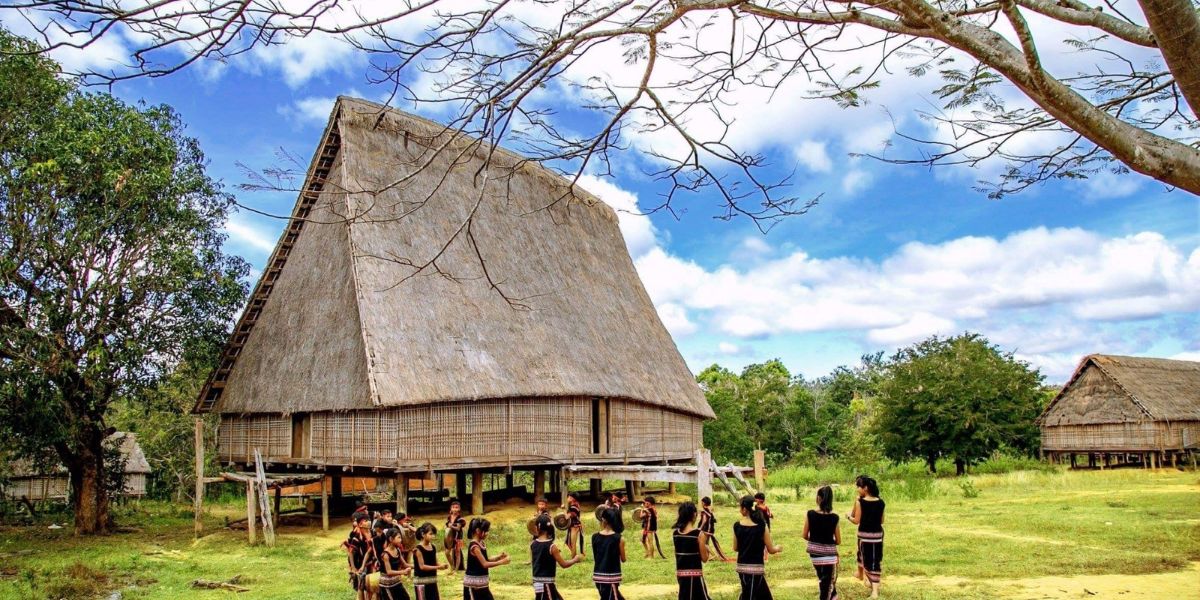
The Rong house is not only a cultural symbol but also a practical design that suits the climate of the Central Highlands. Its elevated structure allows for better air circulation, keeping the interior cool and comfortable. Additionally, the thatched roof provides insulation, keeping the house warm during colder months.
Tube Houses of Hanoi: Signature House in Vietnamese Area
In urban areas like Hanoi, where space is a premium, the iconic “tube houses” or “tall house” dominate the landscape. These narrow, vertically designed houses maximize the limited space available in the bustling city. The elongated structures are often connected, forming a continuous row along the streets, showcasing the practicality and adaptability of Vietnamese urban architecture.
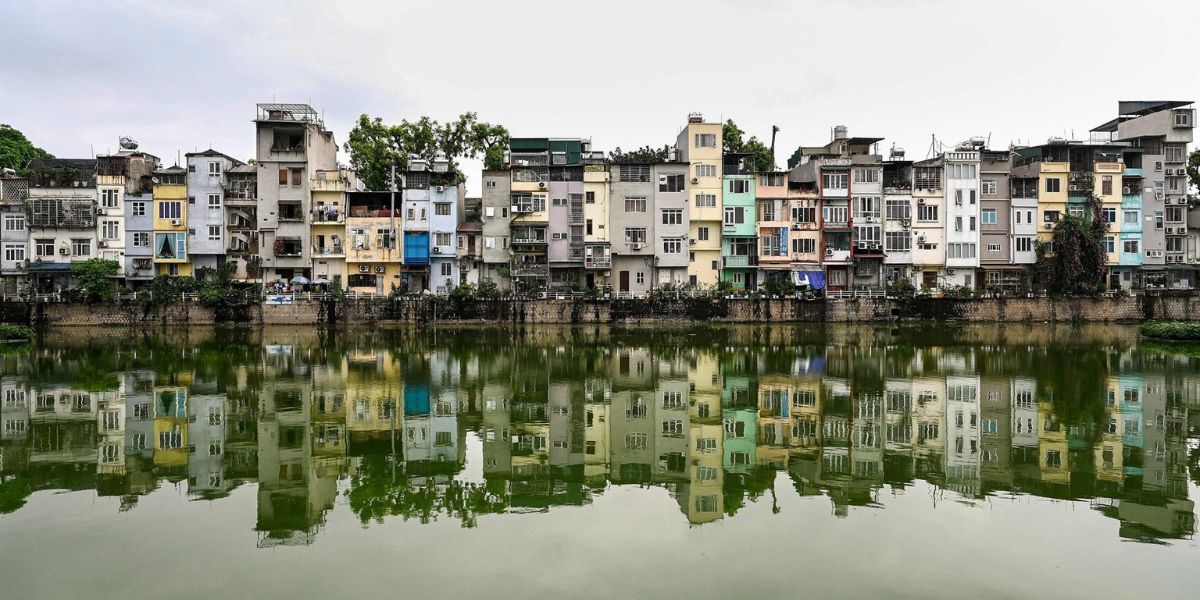
The tube houses of Hanoi are not only known for their efficient use of space, but also for their unique architectural features. Many of these houses feature balconies or rooftop gardens, providing residents with a small outdoor space to relax and enjoy the city views. These design elements add a touch of greenery to the urban landscape and contribute to a sense of community within the tightly packed neighborhoods.
Hue’s Ancient Garden Houses
Hue, the former imperial capital, is renowned for its ancient garden houses. These residences feature a unique blend of traditional Vietnamese, Chinese, and French colonial architectural elements. Surrounded by lush gardens and ponds, these houses served as retreats for the elite, showcasing a harmonious integration of nature and architecture.
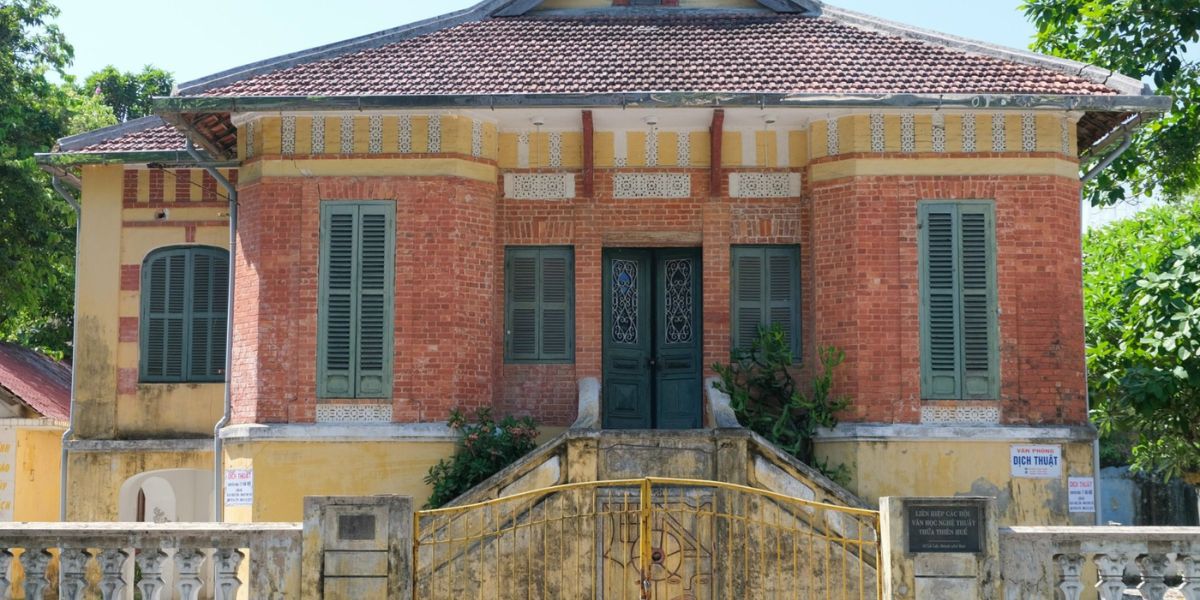
The garden houses in Hue not only provide a serene escape from the bustling city, but also serve as important cultural landmarks. They offer visitors a glimpse into the rich history and heritage of the region, showcasing the intricate craftsmanship and attention to detail that went into their construction.
These architectural gems are not only a testament to the past, but also continue to inspire contemporary design and urban planning in Hue.
In conclusion, house in Vietnamese area encapsulates the essence of the nation’s history, climate, and cultural diversity. From the stilt houses of the north to the vibrant imperial city architecture of the central regions and the riverside dwellings in the south, each style reflects the unique needs and traditions of its inhabitants. Iconic designs like the Rong house, tube houses, and ancient garden houses further contribute to the rich tapestry of Vietnam’s architectural heritage. As the nation evolves, these houses stand as living testimonies to Vietnam’s enduring cultural legacy and the artistry embedded in its architectural traditions.
